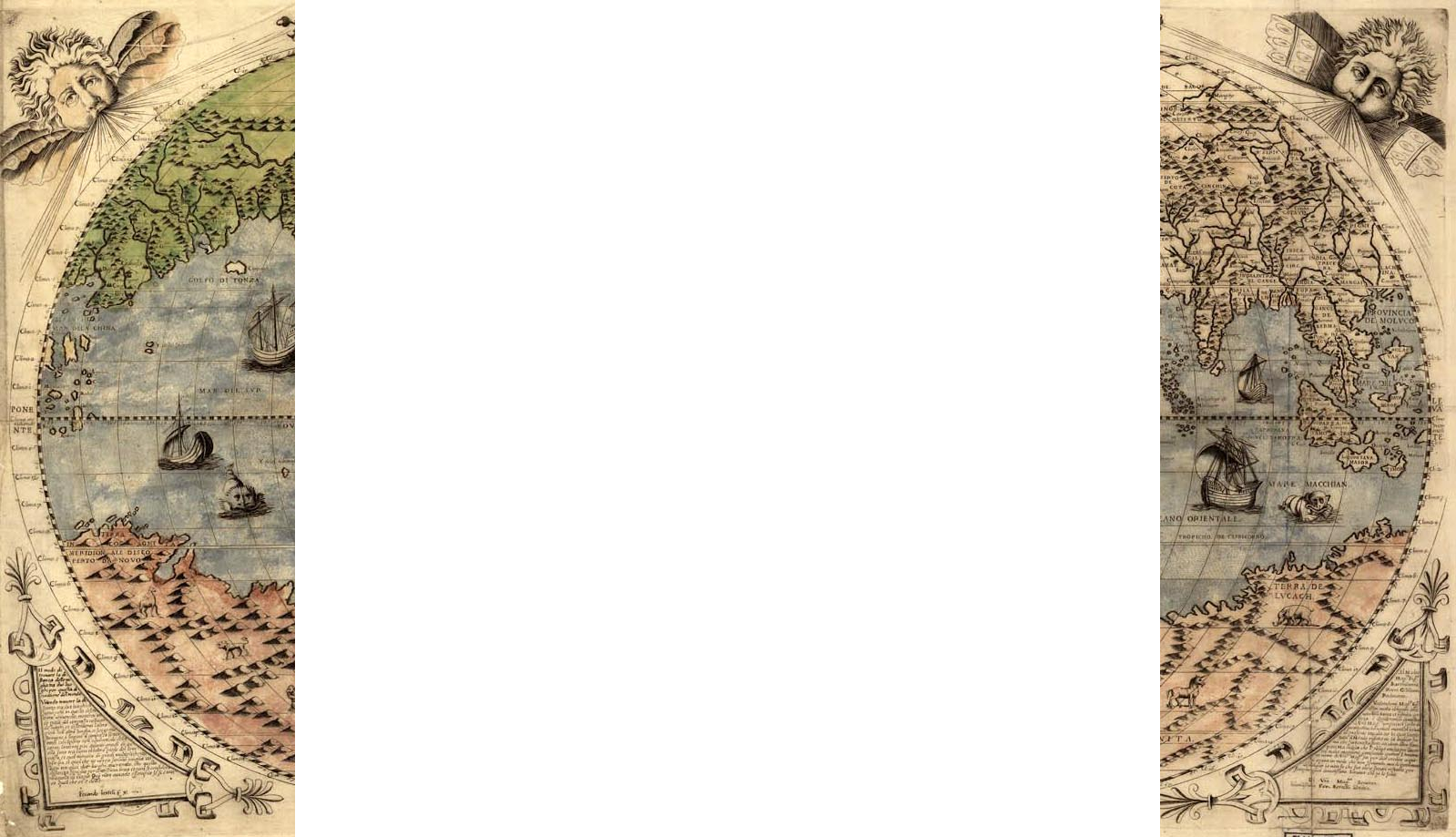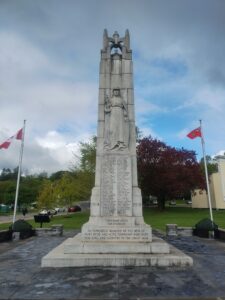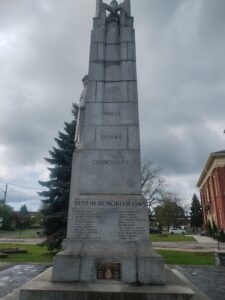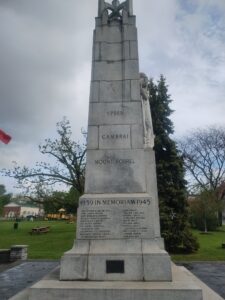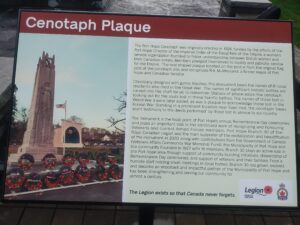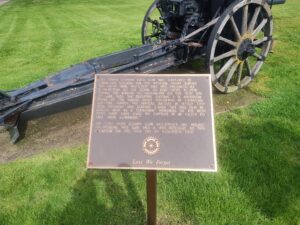This past week I had the fortune of being able to attend (most) of the Canadian Nautical Research Society’s 2025 Annual Conference.
As is usual, the conference theme, in this case “Ships, People, Ports, Canals and Trade” is very much a catch-all to be as inclusive as possible- a good thing, for this society. I’ve been involved with the CNRS for 2015 and this is the first time since 2018 at York University that I’ve been able to attend (most) of the conference. Last year, I was present for literally one session- my own (the last of the conference).
The conference was held in the Port Hope city library, a wonderful venue for the size of the crowd.
I gave the first paper of the Conference – Newfoundland in ADM8 – Context: Ships, People and Places. This presentation looked at Newfoundland in the ADM8 Database, and I hope to transform it into a Research Note for The Northern Mariner/Le marin du nord.
Walter Lewis continued with his paper Rush-Bagot and Naval Re-armement on the Great Lakes, 1838-1847 which was a fascinating look at the building of small, steam-powered, iron-hulled naval groups on the Great Lakes following the 1837 Upper Canada Rebellion and tensions over the next decade.
Catherine Brooks Fitting up a Green-House on the Quart Deck: Innovations in Shipboard Plant Transportation in the Late 17th Century was a fantastic paper, although it was sad how the voyages she looked at were almost entirely unsuccessful. However, I hope to get her to write something for this website because her research is absolutely fantastic.
Brandon Lentz’s Descent into Madness: “Diseases of the Mind” and the North America and West Indies Station was a fascinating look into Royal Navy’s treatment for mental health during the Napoleonic Period, especially looking at records from Halifax. I very much look forward to hearing more about his work in the future.
Jeff Noakes’ South Asian Seafarer Accommodation Camps in Canada, 1945-1946 was a really interesting look into these holding camps in Quebec and in New Westminster, BC at the end of the Second World War. The differences in the receptions for these South Asian (then known as Lascar) sailors between Quebec and British Columbia was really telling, and I hope Jeff is able to find a memoir or narrative to provide the sailors’ points of view on the time as well.
Adam Coombs ended the day with Too Wet, Too Steep and Covered with Sand: the Role of Sable Island in Anti-Submarine Warfare during the 20th Century [1940=1968]. Adam was filling the traditional position of “Air Force Historian Talking about Boats with Wings” This was a great talk about how particularly Maritime Command (now the Royal Canadian Navy) became obsessed with the idea of using Sable Island as a base for anti-submarine aircraft (Trackers, mostly) in 1960. Or at least, how the Canadian version of the Fleet Air Arm kept on pushing this until told to knock it off. He also did an excellent job in showing this as the last of several efforts to turn Sable Island into a useful base for Anti-submarine efforts (Supermarine Stranraers, Supermarine Walrus, US wanted to put SOSUS equipment there). It was an excellent paper.
Unfortunately, I was not able to make it to the Friday sessions, so I missed papers by Bob & Will Banks, David Gray, margot Dixon, Michael Moir, Roger Sarty and Malcolm Butler. However, I was present on Saturday for the Awards ceremony and the Annual General Meeting, which was very good. In lieu of description of the Friday papers, I present you several photos I took of the War Memorials in Port Hope, which are just across the road from the Library.
